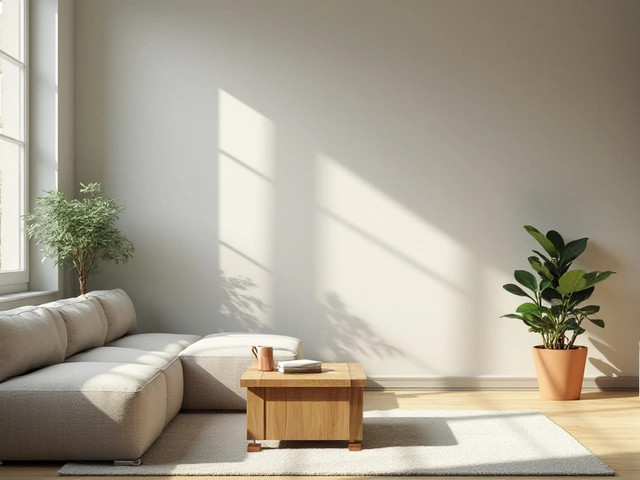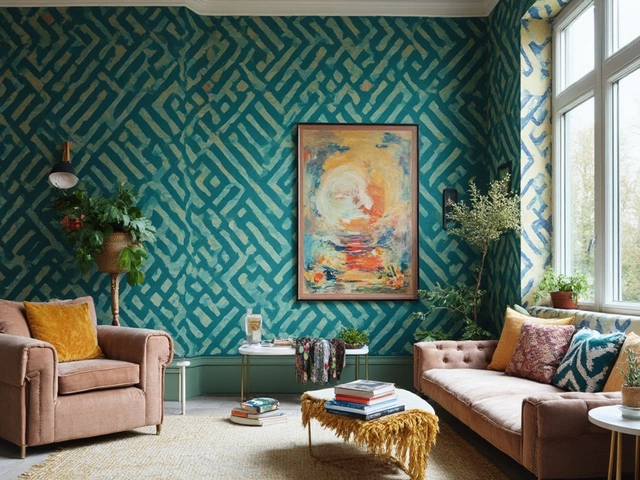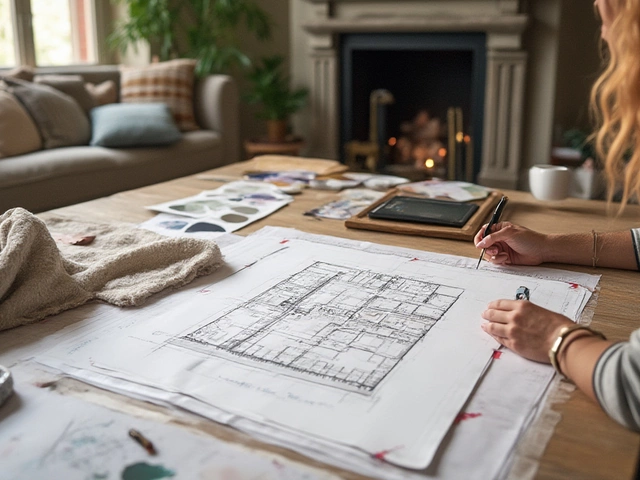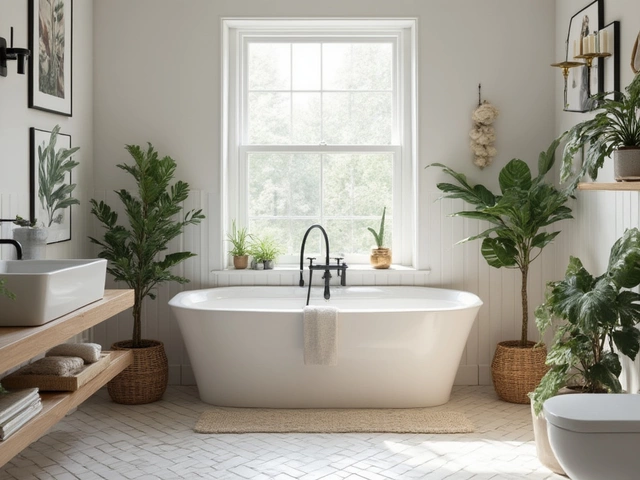Successful Interior Designer: How to Stand Out and Thrive
Want to turn your love for rooms into a real career? Becoming a successful interior designer isn’t about luck – it’s about learning the basics, building a solid portfolio, and staying current with what people want in their homes.
Build a Strong Portfolio
Your portfolio is the first thing clients judge. Include a mix of styles – from modern minimalist rooms to cozy living‑room wall decor ideas. Show before‑and‑after shots, describe the problem you solved, and list any budget constraints you worked within. If you’re just starting, redo a room in your own house or help a friend. Even a small bathroom makeover can demonstrate your eye for lighting, material choice, and space planning.
When you upload projects to your website, use clear titles like “Modern Living Room Style – 2025 Trends” and add short, punchy descriptions. Tag each project with keywords such as "modern decor" or "mixing light and dark furniture" – those are the terms people search for when they need inspiration.
Master the Basics of Design
Great designers know the core rules: balance, proportion, color harmony, and texture. Start with a neutral palette, then add one bold accent – maybe a spaghetti chair or a statement lighting fixture. Keep scale in mind; a huge sofa in a tiny room will feel cramped. Use simple maths to calculate spacing – for example, leave at least 18‑inches between a nightstand and the bed edge.
Lighting is a game‑changer. Choose a mix of ambient, task, and accent lights for each room. Our guide on "How to Choose the Perfect Lighting for Every Room" breaks down the basics, from pendant lights over a kitchen island to soft wall sconces in a bathroom.
Stay updated on trends without chasing every fad. Follow reliable sources like Home Stories Design & Interiors, where you’ll find posts on modern home interior ideas, budget‑friendly flooring, and the latest on window shutters for 2024. Knowing what’s popular helps you suggest fresh looks that still feel timeless.
Networking matters too. Attend local design expos, join online forums, and share your work on social media. When you talk to other designers, you’ll pick up tips on pricing, client contracts, and how to handle common issues like a mouse infestation in storage units for clients’ furniture pieces.
Pricing can be tricky. Start by calculating your time, material costs, and a margin for profit. Offer clear packages – a basic consultation, a full‑service design, or a DIY guide like our "How to Decorate a Room" step‑by‑step plan. Transparent pricing builds trust and reduces back‑and‑forth negotiations.
Finally, keep learning. Take short courses on sustainable materials, explore new software for 3‑D visualisation, and read articles about niche topics – like whether luxury vinyl plank flooring affects home resale value. The more tools you have, the more confident you’ll feel proposing solutions.
Being a successful interior designer is a blend of creative eye, solid fundamentals, and smart business habits. Use these steps, stay curious, and watch your design career grow one room at a time.






